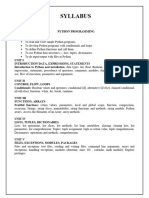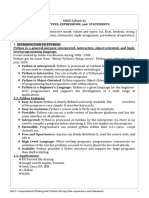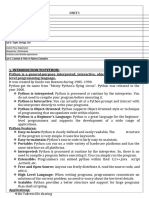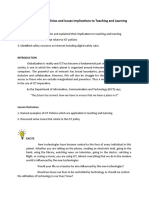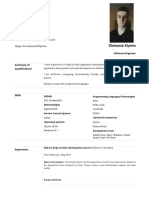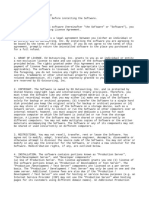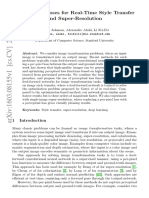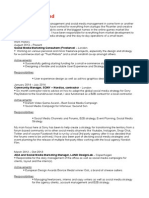0% found this document useful (0 votes)
17 views6 pagesNotes Unit 1
Python's development cycle is shorter and easier than traditional programming languages due to its interpreted nature, allowing immediate execution and debugging of code. The programming cycle involves identifying a problem, writing code, testing it, correcting errors, and updating the program as needed. IDLE, a lightweight IDE included in the standard Python distribution, provides essential features like syntax highlighting, code completion, and debugging tools, making it particularly useful for beginners.
Uploaded by
SakshiCopyright
© © All Rights Reserved
We take content rights seriously. If you suspect this is your content, claim it here.
Available Formats
Download as DOCX, PDF, TXT or read online on Scribd
0% found this document useful (0 votes)
17 views6 pagesNotes Unit 1
Python's development cycle is shorter and easier than traditional programming languages due to its interpreted nature, allowing immediate execution and debugging of code. The programming cycle involves identifying a problem, writing code, testing it, correcting errors, and updating the program as needed. IDLE, a lightweight IDE included in the standard Python distribution, provides essential features like syntax highlighting, code completion, and debugging tools, making it particularly useful for beginners.
Uploaded by
SakshiCopyright
© © All Rights Reserved
We take content rights seriously. If you suspect this is your content, claim it here.
Available Formats
Download as DOCX, PDF, TXT or read online on Scribd
/ 6







